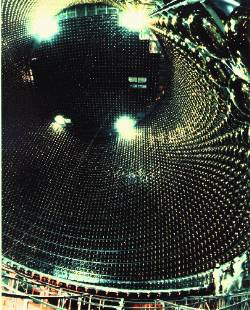
A team of physicists from around the world have achieved results verifying that the elementary particle known as the neutrino exhibits a distinctive pattern of oscillation. This shows that it is likely that the Standard Model, proposed in the 1970s to describe the fundamental forces and particles that make up all matter, is incomplete. The findings provide the needed confirmation to their previous discovery of neutrino oscillation and give the most precise measurement yet of neutrino mass.
“These findings show that the Standard Model needs to be modified to better explain the fundamental forces that make up all matter,” says James Stone of Boston University. “They clear the field of all other explanations for the earlier results.” Stone is part of the Super-Kamiokande collaboration, a project based in Japan that involves researchers from more than 30 institutions worldwide. Stone serves as co-principal investigator for the “Super-K” experiment. The results of the collaboration’s efforts will be published next month inPhysical Review Letters.
The Super-K collaboration’s new analysis focused on atmospheric neutrino data. The neutrinos come in two types, or “flavors,” called electron-type and muon-type.
According to the neutrino mixing theory of the Standard Model, the probability that a neutrino of one flavor changes to another can be determined by dividing the distance a neutrino travels (L) by its energy (E). The distinctive, sinusoidal pattern described by the theory says that the probability of a flavor change dips toward zero and then recovers as the L/E ratio increases.
The Super-K physicists devised a new method for this analysis of atmospheric neutrino data, one that used only those neutrino “events” that had very good measurements of travel distance and neutrino energy. In the 1998 analysis, the distinctive oscillatory pattern had been washed out because many of the events had poor travel distance and neutrino energy measurements. In this newly reported analysis, each selected event was assigned a well-defined L and E value, and the number of neutrino events was studied as a function of the ratio L/E. Analysis of data gathered using this improved technique shows a prominent dip at a value of L/E that is consistent with the theory of neutrino mixing.
Theoretically, neutrinos can change from one flavor to another only if they have mass. The Standard Model, however, assumes neutrinos are without mass. Thus, the 1998 discovery of neutrino oscillation was also the first evidence that neutrinos have mass. A few unusual theories, however, had offered explanations for the “loss” of upward-going muon neutrinos that differed from the 1998 conclusion of the Super-K group. Instead of determining that the deficit indicated that muon-neutrinos changed to a new flavor, these theories noted that the deficit was likely the result of neutrino decay to other particles.
The new analysis by the Super-K collaboration rejects these theories on the basis that they fail to predict the oscillatory pattern found in the 1998 analysis. In addition, the recent analysis finds that the location of the dip in the oscillatory pattern shows the mass difference between the neutrinos. It is the most precise measurement yet of that difference in mass.


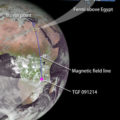
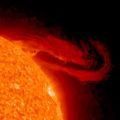

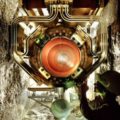
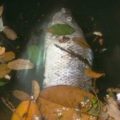

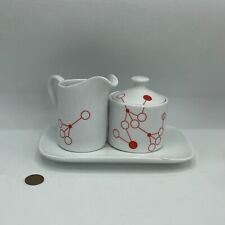
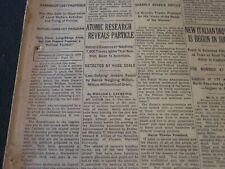
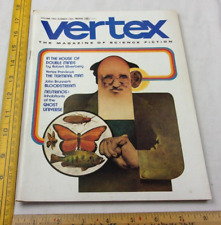
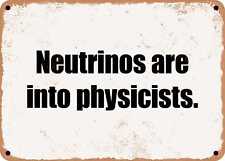
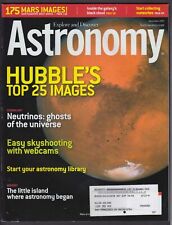
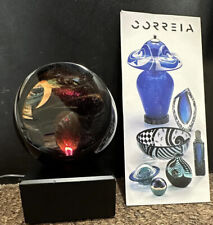
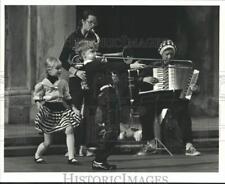

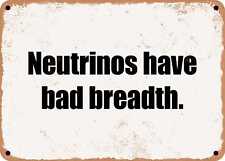
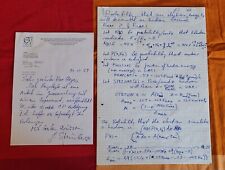
Comments are closed.